The first version of his projec ran in 2013 with auto-calibration feature for operation without a crystal, but the auto-calibration has a bug and it is not detected by Windows if it was plugged before the boot. The workaround for this was to add a delay loop in the AVR firmware to give time to Windows to complete the boot (almost 2 minutes).
In the present version the crystal was added and a R-C filter was added to the CLOCK signal of the shift registers in order to generate the LATCH signal and thus save one pin (that was needed for the Crystal).
The previous board can be seen in the pictures below:
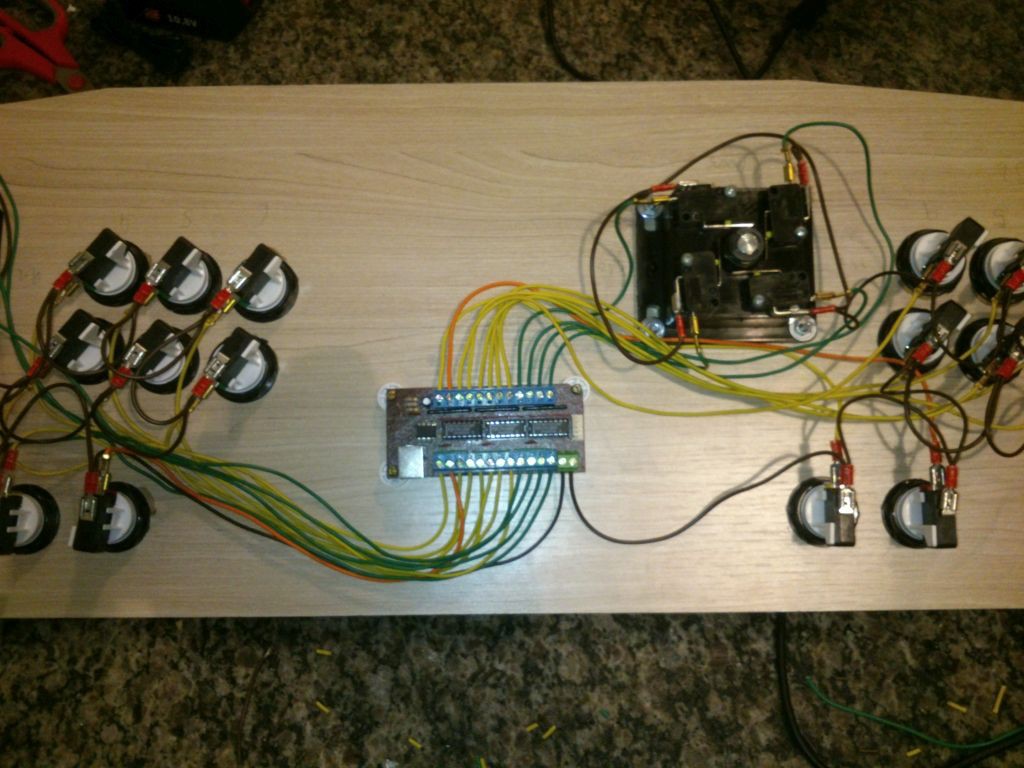
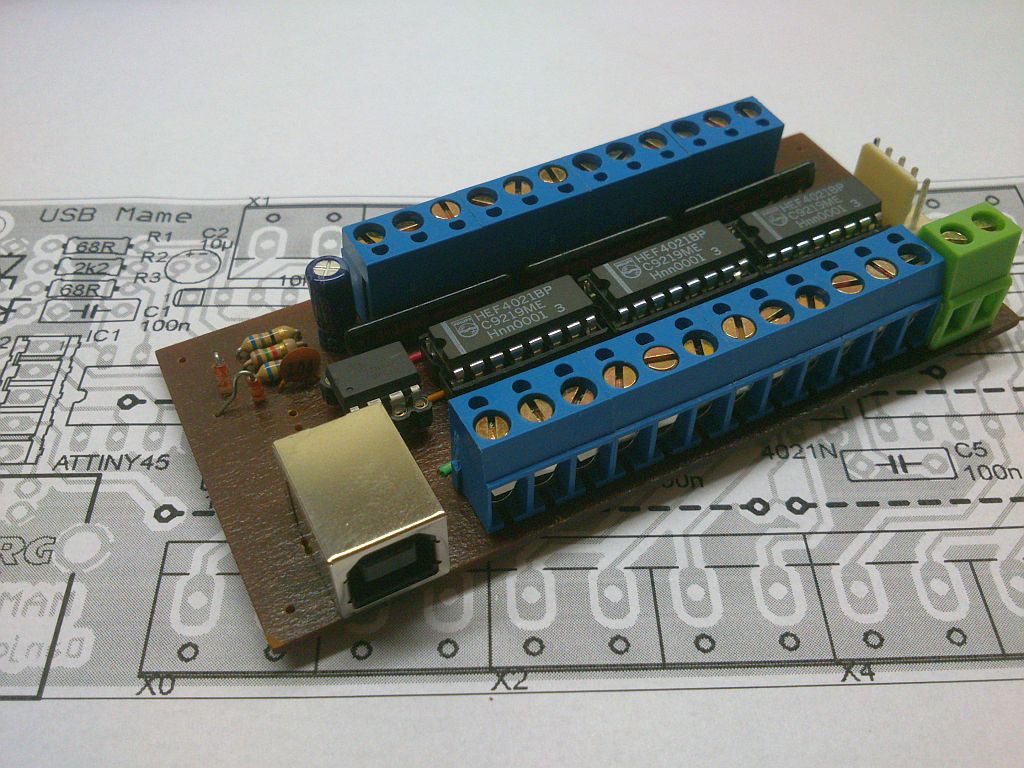
The new version which uses a crystal can be seen in the picture below.
 danjovic
danjovic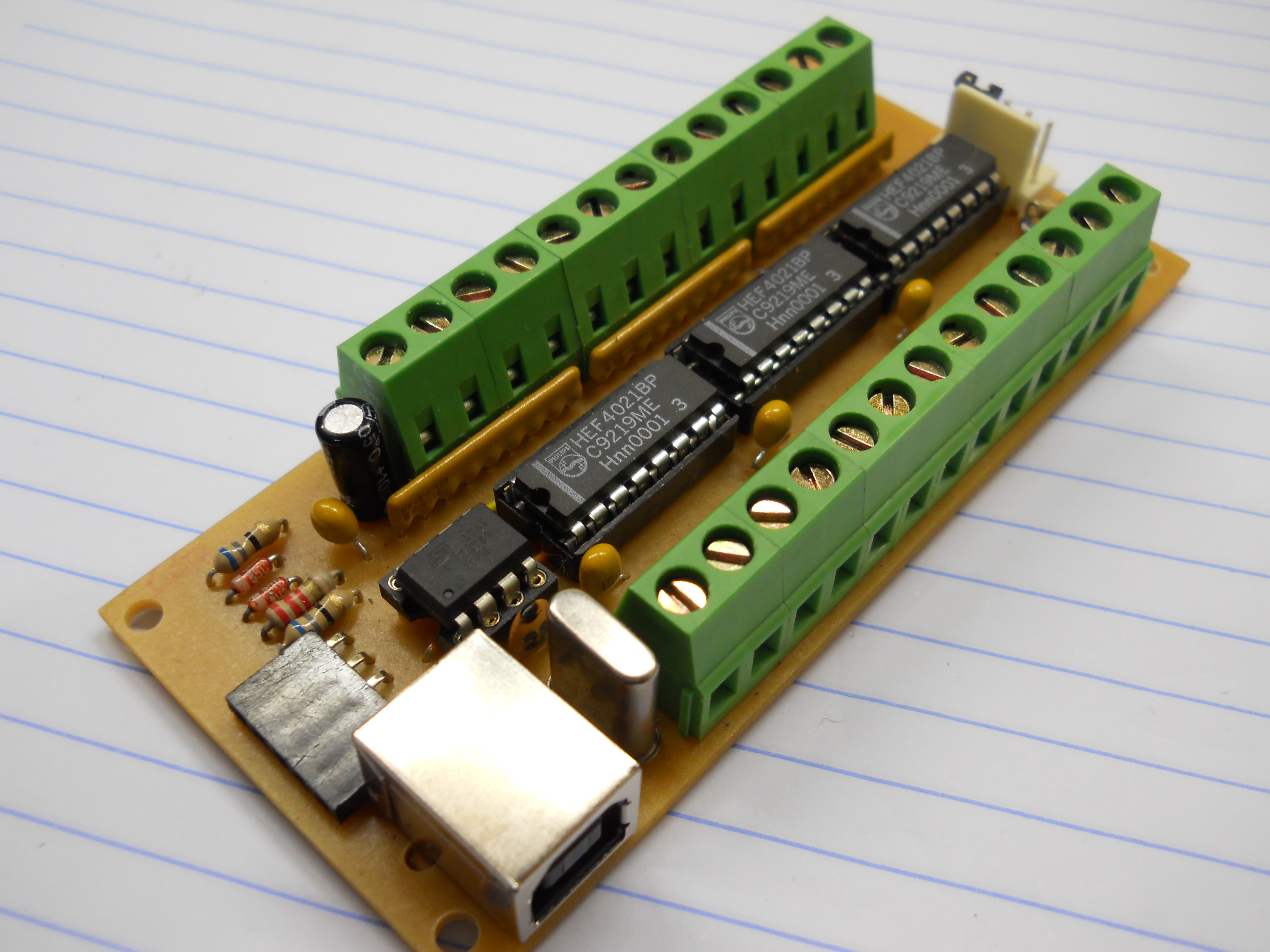
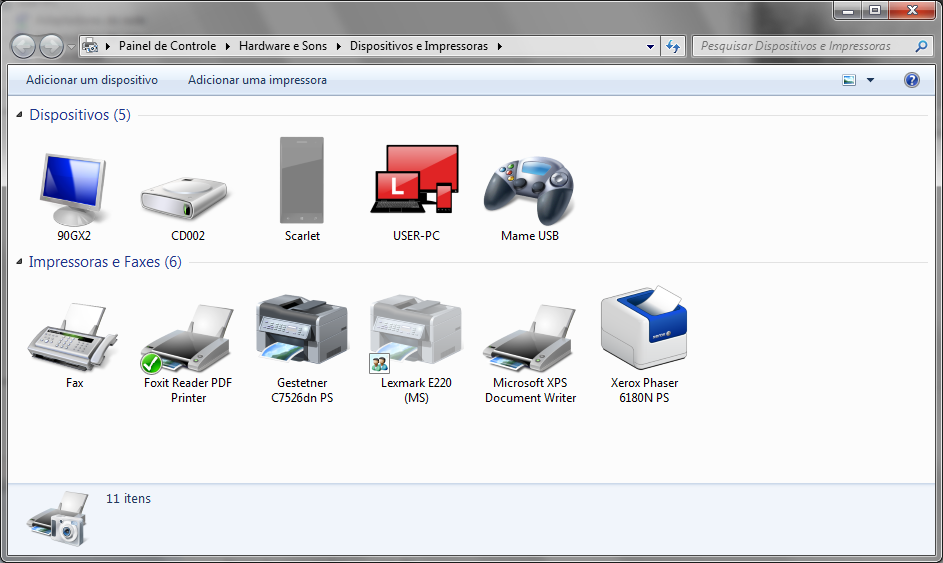

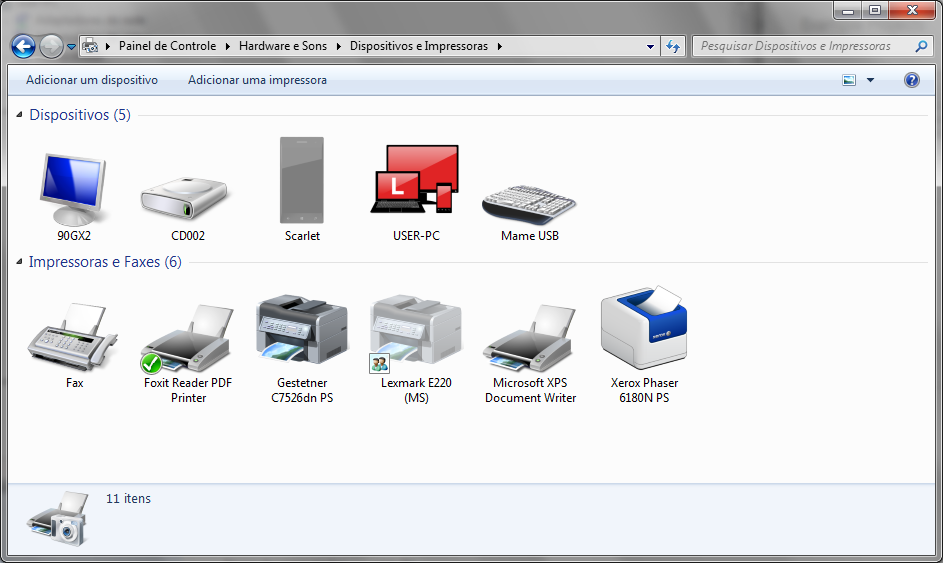
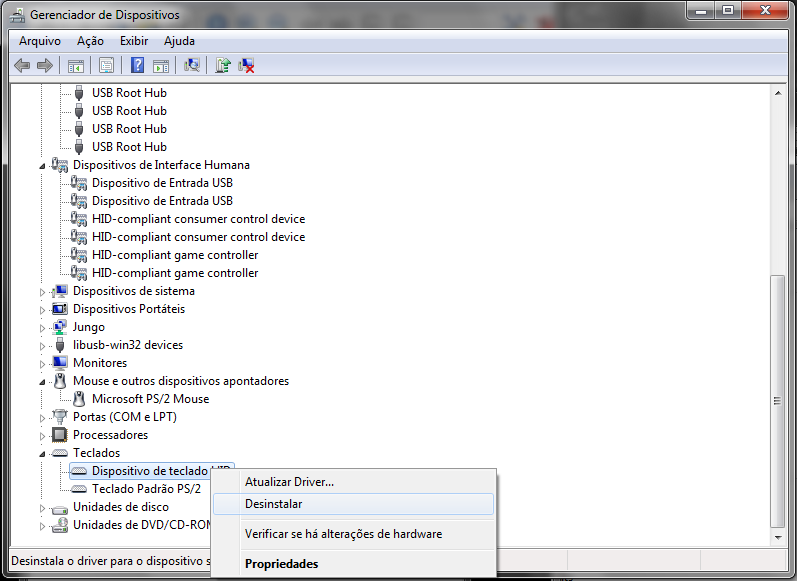

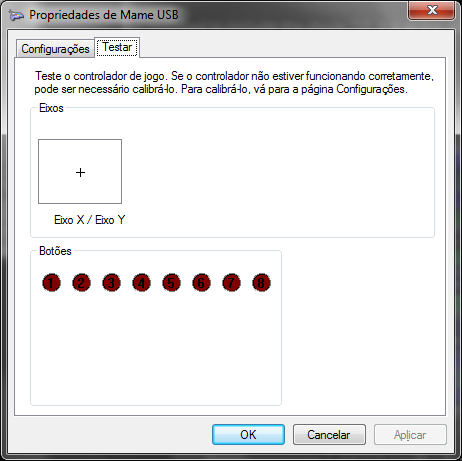

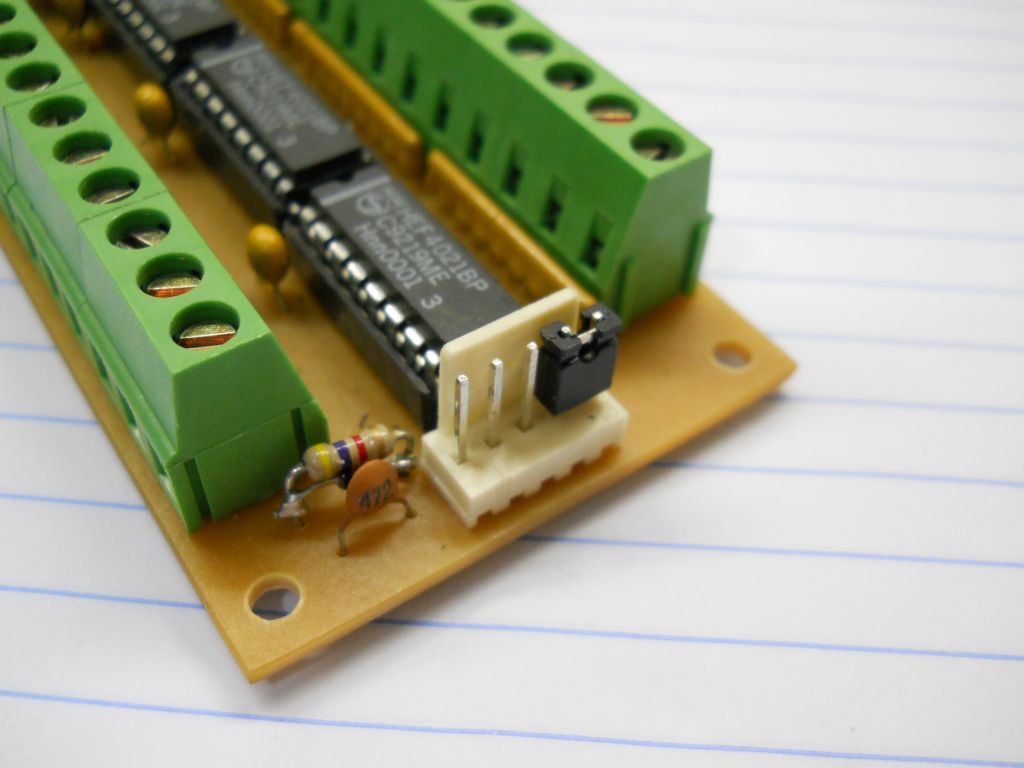
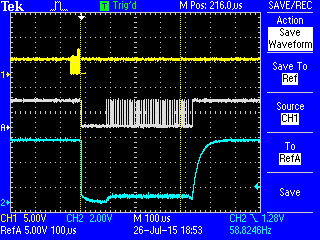
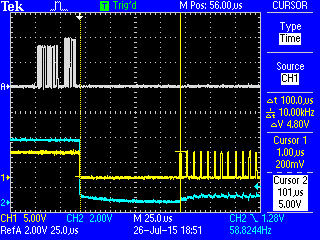


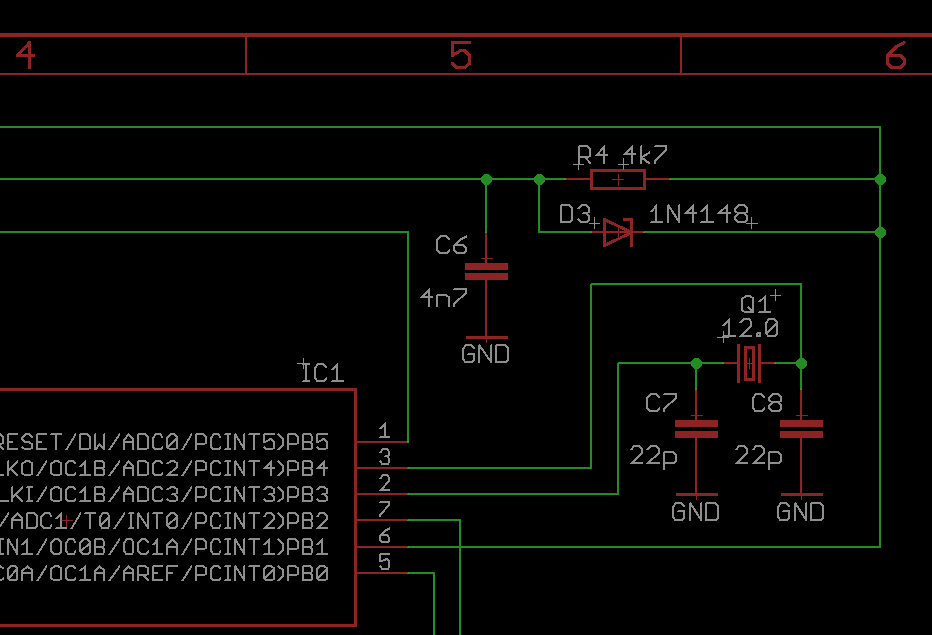
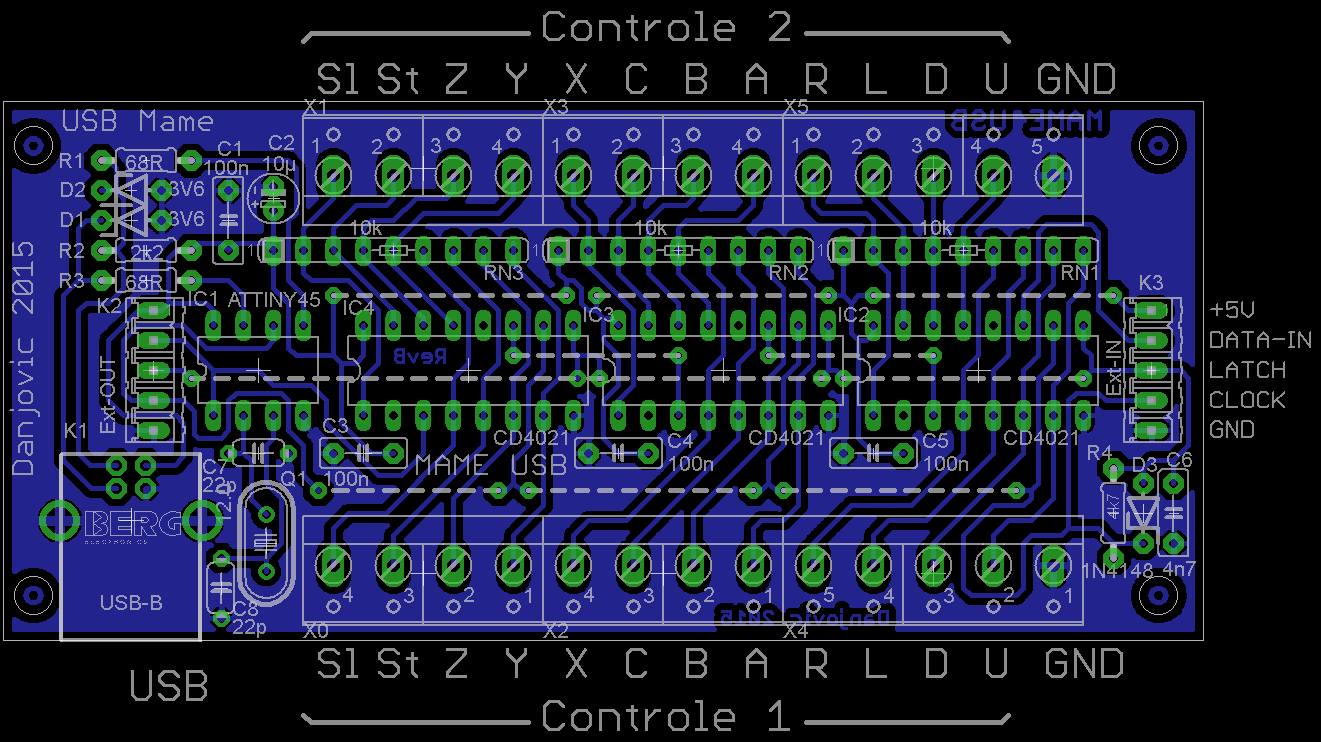

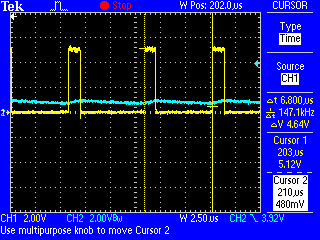

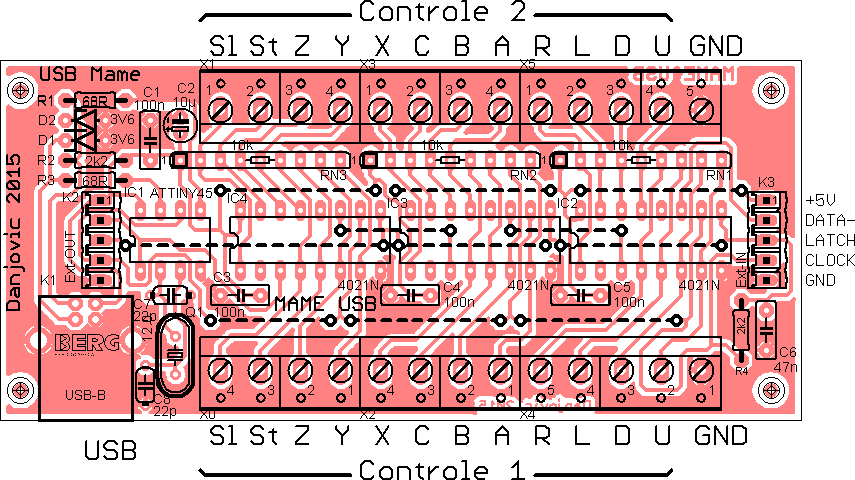
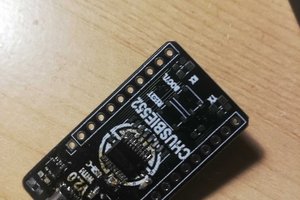
 Gee Bartlett
Gee Bartlett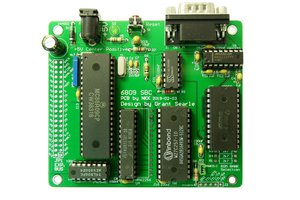
 Keith
Keith
 Carbon
Carbon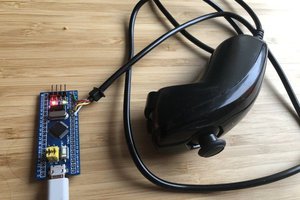
 Michal
Michal